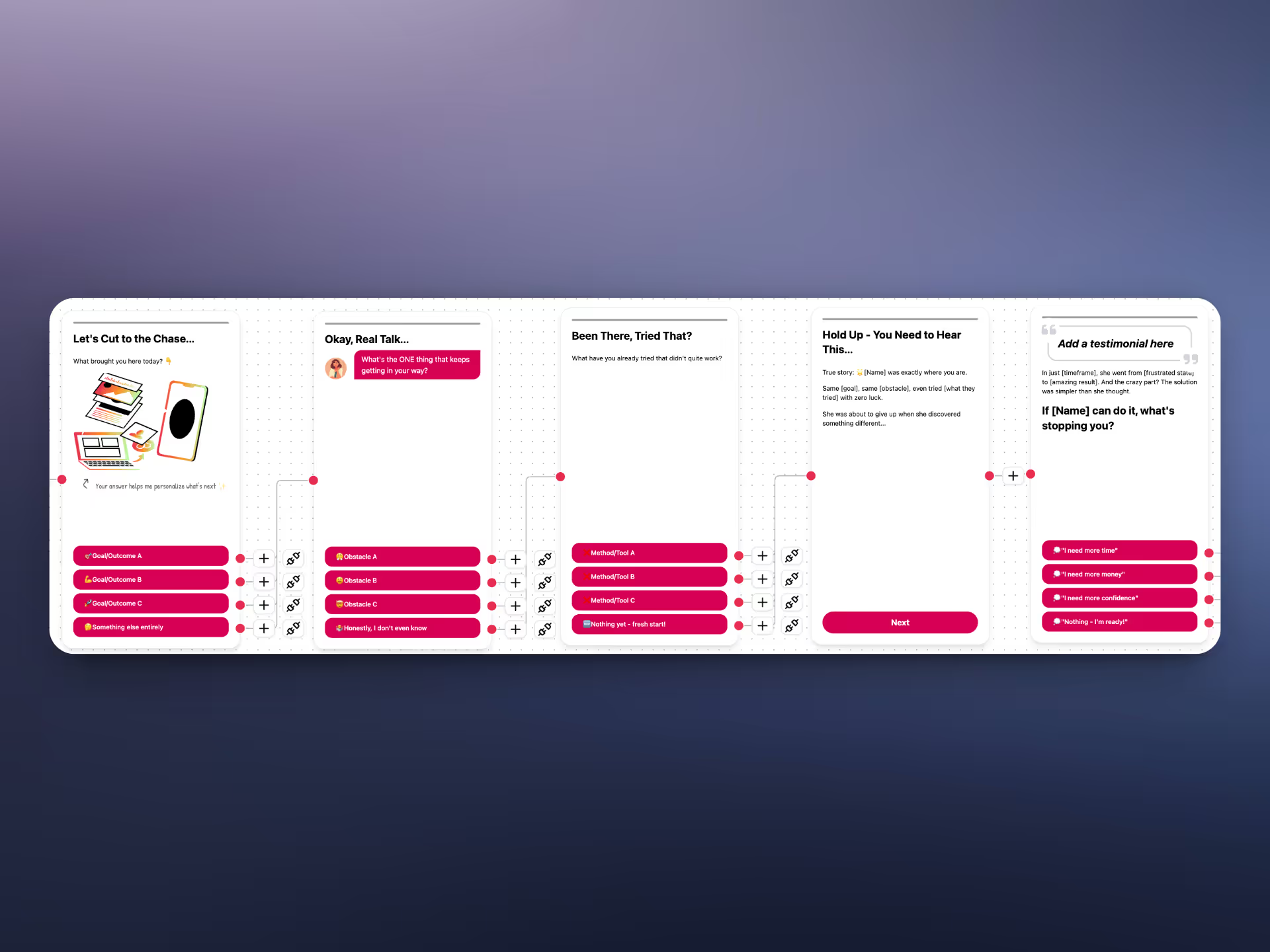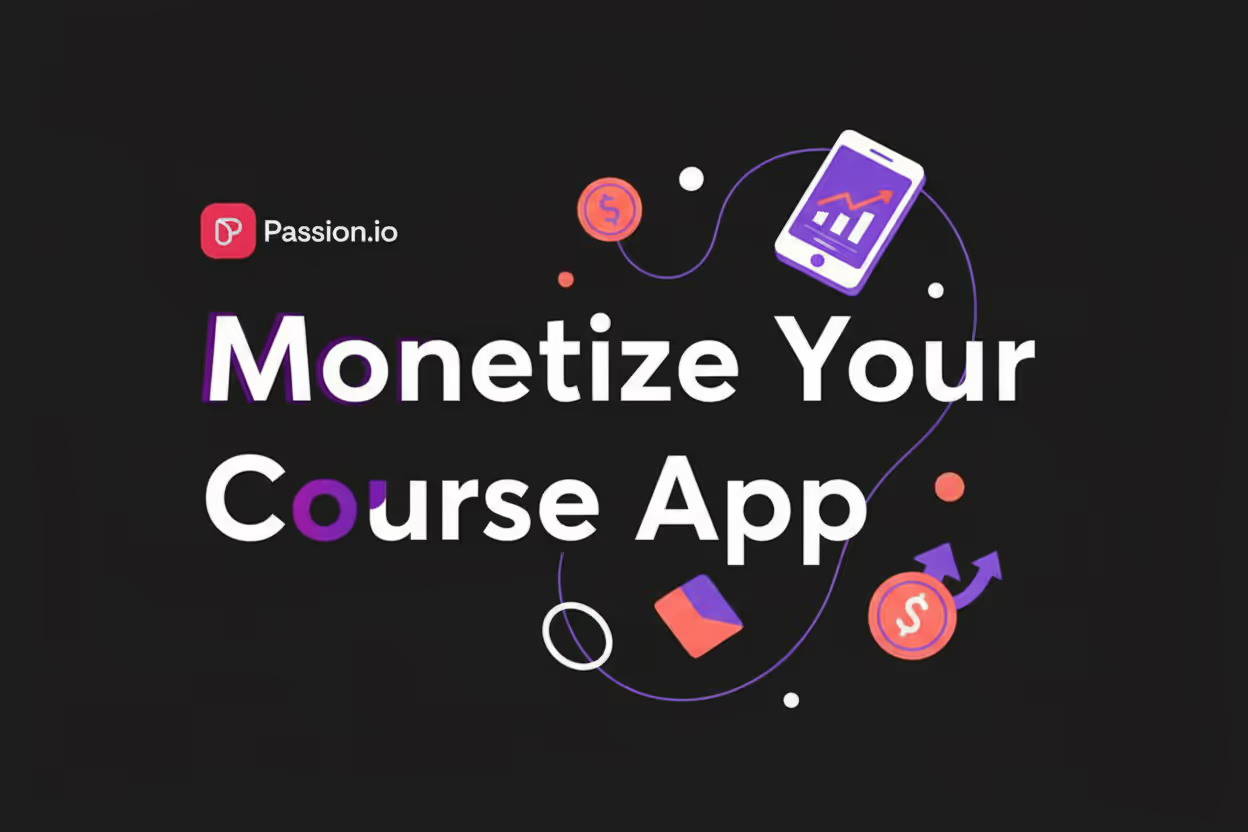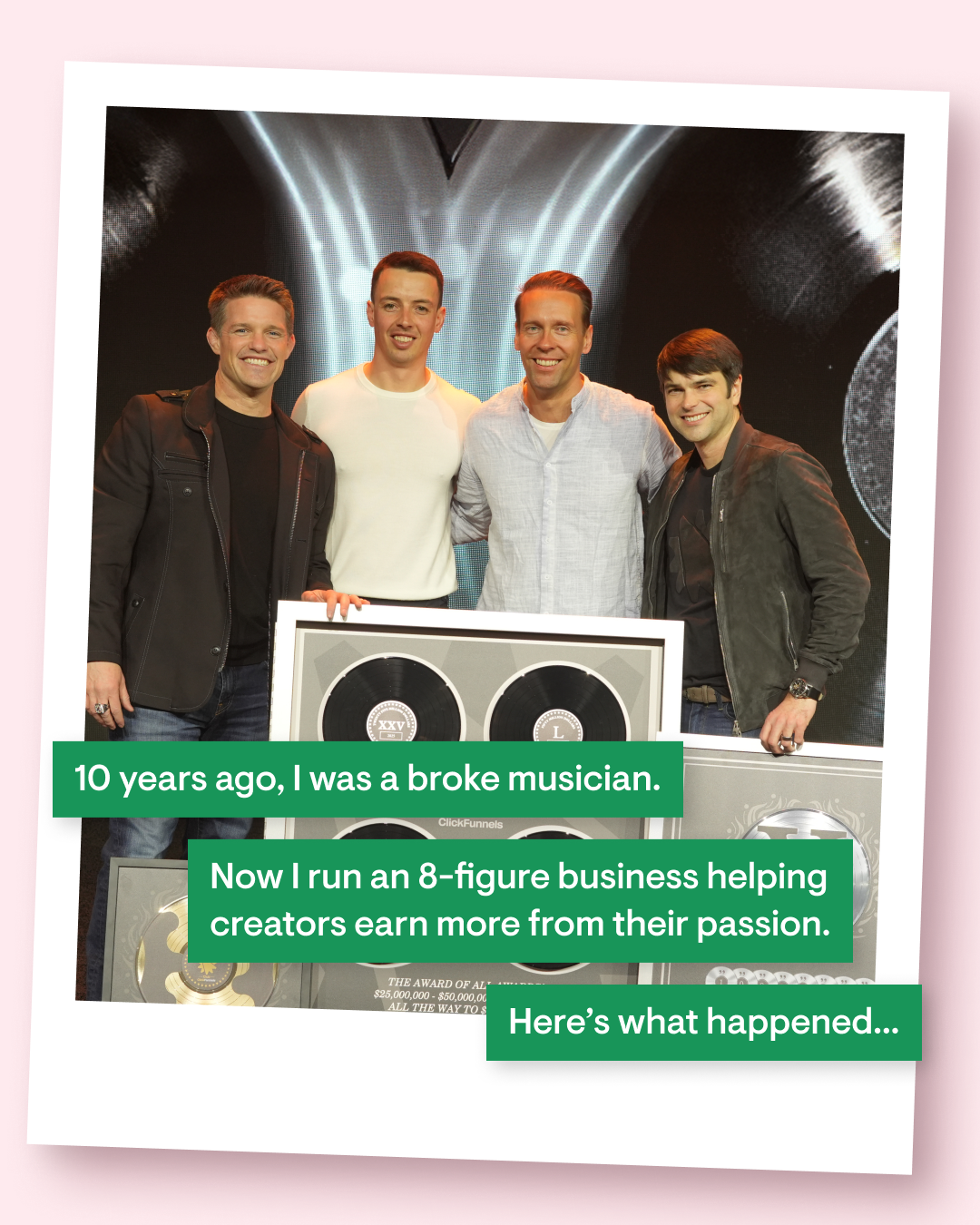Updated 10 October, 2025
The shift from launch spikes to predictable monthly revenue
Most creators know the pattern: big launch, revenue spike, then crickets for months while you prep the next campaign.
Meanwhile, your audience lives on their phones. Sensor Tower's 2025 state of mobile report shows consumers spent $150 billion in apps last year. In top mobile markets, people spend roughly five hours daily in apps, according to PocketGamer's analysis.
The opportunity: move from exhausting launches to steady monthly recurring revenue (MRR) through a branded native app that you control.
The 7 monetization models for mobile apps (and when to use each)
1. Tiered subscriptions: your foundation for MRR
Set up monthly and annual tiers with clear value differences.
What works: Start with two tiers. Basic gets core content. Premium adds live calls, exclusive community channels, or faster support. Annual plans typically reduce churn versus monthly, per Recurly's subscription benchmarks.
Pricing sweet spots: $29-49/month for basic, $79-149/month for premium. Annual discounts of 15-20% convert fence-sitters.
Tip : Launch with a 7-day free trial to reduce purchase friction. Convert 25-40% of trial users with a strong onboarding sequence and two push reminders during the trial.
How to implement: Offer multiple tiers - add “fence” features at higher tiers (community, live calls, downloads).
2. Strategic one-time purchases: gateway offers that convert
Not everyone wants a subscription. Capture these buyers with standalone products.
What works: Mini-courses ($47-97), templates and toolkits ($27-67), workshop replays ($97-297). Position these as solutions to specific problems your audience faces today.
Upsell path: After purchase, offer a discounted first month of your subscription. Conversion rates of 15-20% are common when the offer appears on the thank-you screen.
How to implement:
3. High-ticket programs: maximize revenue per customer
Your most engaged members want deeper access.
What works: 6-12 week cohorts ($997-2997), small group masterminds ($297-497/month), VIP days or intensives ($1997-4997). Limit spots to maintain exclusivity.
Selection criteria: Require application or qualification (complete foundational course first). This pre-qualification increases completion rates to 70-85% versus 15-30% for self-paced content.
Implementation tip: Host these programs inside exclusive app channels with dedicated push notification sequences. The accountability drives results that justify premium pricing.
4. Micro-purchases and add-ons: incremental revenue that adds up
Small purchases inside your app reduce friction and boost average revenue per user.
What works: Bonus modules ($17-47), PDF downloads ($7-27), mini-workshops ($37-67), certificates of completion ($27-47).
Fee considerations: Apple and Google take 15-30% commission on in-app purchases. Apple's Small Business Program reduces fees to 15% for developers earning under $1M annually.
Implementation tip: Offer both in-app purchases for convenience and web checkout for higher-margin sales. Route bundles and annual plans to web (saving 11-26% in fees).
5. Value bundles and stacking: psychology-driven packaging
Use good-better-best pricing to guide buyers toward higher tiers.
What works: Three options with the middle tier as your target. The decoy effect makes the middle option look like the best value when priced 40-60% above basic but with 2x the perceived value.
Bundle examples:
- Starter: Core course only ($297)
- Professional: Course + community + monthly Q&A ($497)
- VIP: Everything + 1:1 call + lifetime updates ($997)
Implementation tip: Show savings prominently ("Save $200" versus listing individual prices). Add urgency with 48-72 hour bundle availability.
6. Referral and affiliate systems: turn customers into growth partners
Your happy customers are your best marketers.
What works: Customer referrals with in-app rewards (free month, bonus content). Partner affiliates for 20-30% commission on first purchase. Nielsen's Trust in Advertising shows peer recommendations convert 5x better than ads.
Tracking setup: Use unique referral codes or links. Reward both referrer and new customer to maximize participation (20-30% higher conversion with two-sided incentives).
Implementation tip: Automate reward delivery through your app. Manual processing kills momentum and increases support burden.
7. Time-bound challenges and events: urgency that drives action
Create buying moments throughout the year instead of relying on big launches.
What works: 21-30 day challenges ($47-97), 5-day workshops ($97-197), annual events or summits ($197-497 for all-access). Run these quarterly to maintain momentum.
Engagement drivers: Daily push notifications with simple actions. Progress tracking inside the app. Community accountability through dedicated challenge channels.
Implementation tip: Sell replay access at 50% of live price. This captures procrastinators and different time zones while adding 20-30% to total challenge revenue.
How to implement these strategies in a native mobile app
The technical foundation you need
Your app needs five core capabilities to execute these monetization models:
- Multiple payment options: In-app purchases for convenience, web checkout for margin optimization
- Content gating: Lock/unlock features based on purchase status
- Push notifications: Automated sequences for trials, challenges, and engagement
- Community features: Exclusive channels for different tiers and programs
- Analytics: Track conversion, retention, and revenue by source
Choosing between web checkout and IAP
Use web checkout when:
- Selling annual plans or bundles (save 15-30% in fees)
- Your audience is price-sensitive
- You want full customer data and payment control
Use in-app purchases when:
- Optimizing for convenience and conversion
- Selling to mobile-first audiences
- Offering small add-ons under $50
Most successful apps offer both, defaulting to web for high-ticket items.
Real results from creators using this approach
Savannah Bohlin grew to 250 subscribers at $22/month using her branded app, generating $66,000 in annual recurring revenue, according to the Passion.io case study.
From Trustpilot, Brian M. shares:
"Passion is amazing. It does so much for an affordable price. My favorite thing about it is your students will get their own app. Passion team is always improving. Customer service responds quickly. I highly recommend Passion."
Meanwhile, creators on other platforms struggle with limitations. A Reddit user in r/Kajabi notes: "The mobile app is definitely lacking...Looks like the company realized they could charge more for what should be basic features and created an entire separate product to upsell the hell out of."
Choosing the right solution: Passion vs others
Why Passion wins for mobile‑first creators
- Native, branded iOS/Android + web app with push and offline on the right plan tiers.
- Flexible payments: IAP for native purchases, PassionPayments (3.9% web fee) + Stripe for high‑ticket and web sales.
- App‑store publishing when you’re ready (unlocked at Expand/Plus), so you can start on the web and scale to stores without re‑platforming.
Try Passion with a 30‑day money‑back guarantee.
Your 30-day launch plan to get started
Week 1: Foundation
- Map a signature outcome and design a 4‑week curriculum.
- Choose your monetization model mix
- Upload 10 core pieces of content
- Configure pricing tiers
Week 2: Build
- Design app with templates
- Set up payment processing (Stripe for web, enable IAP)
- Create welcome sequence and trial flow
- Test all purchase paths
Week 3: Polish
- Write app store descriptions with keywords
- Create screenshots showing value
- Set up push notification sequences
- Build launch offer (limited-time pricing or bonus)
Week 4: Submit and promote
- Submit to app stores (allow 3-7 days for review)
- Announce to email list with exclusive pre-launch offer
- Share behind-the-scenes content about your app journey
- Schedule first challenge or live event for Week 6
Avoiding common monetization mistakes
Pricing too low initially
Starting at $9/month seems safe but attracts price-shoppers and makes scaling difficult. Begin at $29-47/month minimum. You can always run promotions but raising prices later is harder.
Ignoring the free-to-paid journey
Your trial or free content must deliver quick wins. Aim for one "aha moment" in the first 48 hours. Use push notifications to guide users to that moment.
Overcomplicating your offer structure
Start with one subscription tier and one standalone product. Add complexity only after you have 100+ paying customers and clear data on what they want.
Neglecting retention for acquisition
A 5% improvement in monthly retention can double your MRR over 12 months. Focus on engagement (push notifications, community, challenges) before scaling ads.
Your next steps to recurring revenue

The creators winning today own their audience relationships and control their monetization. They're not dependent on algorithm changes or platform rules.
Start with one core subscription offer and one gateway product. Add monetization layers as you grow. The compound effect of multiple revenue streams creates the predictable income that replaces launch anxiety with sustainable growth.
Test these strategies with your audience. Track what converts. Double down on what works.
Your expertise has value. Package it properly, price it confidently, and put it where your audience already spends their time: on their phones.
Easily monetize your skills with your own branded app by using Passion. Get started now - 30-day money back guarantee applies.
Frequently Asked Questions
What’s the simplest way to start monetizing a course app?
Launch freemium + monthly/annual and add a paid community. This combo balances conversion and retention, then you can add bundles and cohorts for ARPU. (See the 30/60/90 plan above.)
Should I sell in‑app or on the web?
Both. Use IAP for low‑ticket, impulse upsells, use web checkout (Stripe/PassionPayments) for high‑ticket and bundles to keep more margin.
How fast can I get into the app stores?
Apple states 90% of submissions are reviewed within 24 hours - still, plan 1–2 weeks to account for resubmissions and creative updates.














